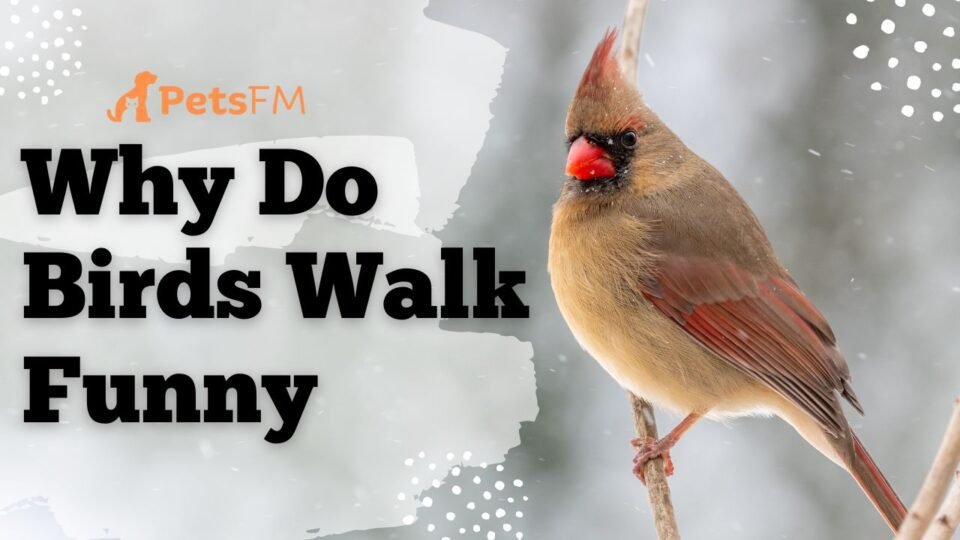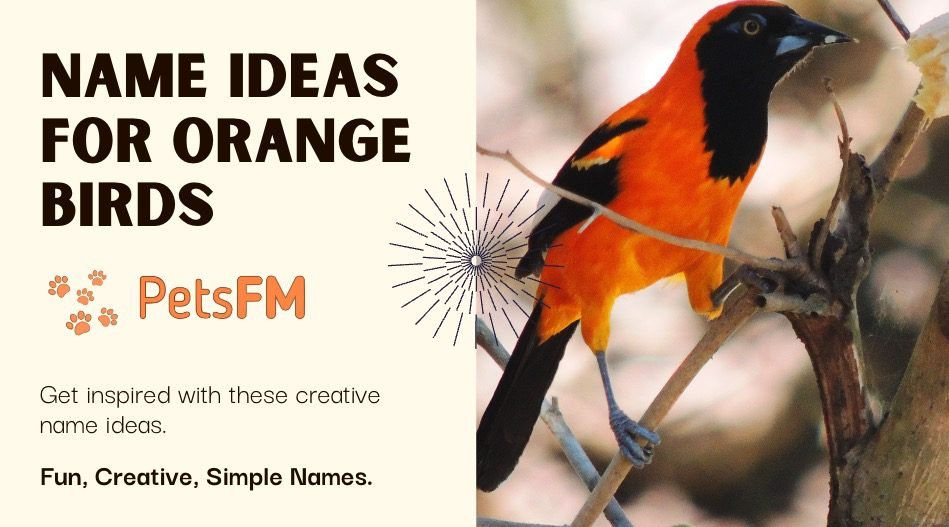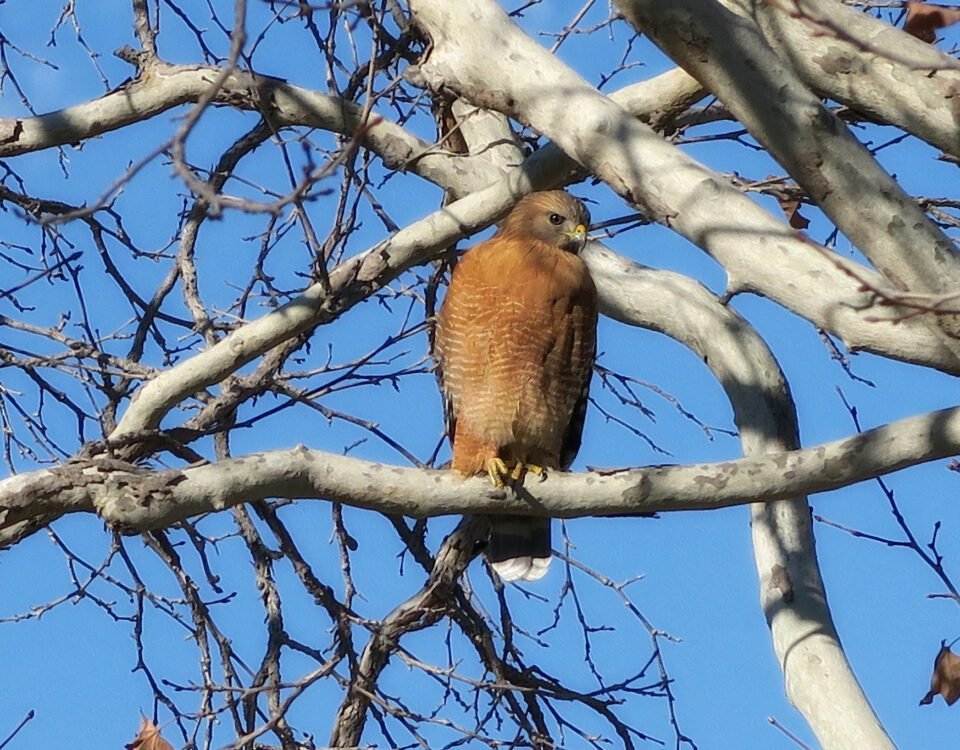


How Do Birds Clean Themselves – Understanding Avian Hygiene
September 9, 2023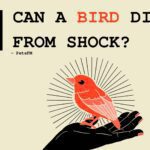


Can A Bird Die From Shock? When Should You Help One?
September 13, 2023Have you ever watched birds saunter and wondered, “Why do birds walk funny?” It’s a common question that reveals a deep curiosity about the comical world of avians. Indeed, birds’ peculiar gait can be a delightful subject to investigate.
This article will examine why birds walk funny and explore the fascinating reasons behind their entertaining gaits.
Exploring the Different Walking Styles of Birds
If you’ve spent time observing the diverse world of avian creatures, you’ve likely noticed that not all birds walk the same way. Birds exhibit various walking styles, each suited to their unique needs and environments.
Let’s take a closer look at the differing walking styles seen in the bird kingdom.
The Waddle
Some birds, like penguins, have a waddling walk due to their short legs and upright posture. This can look amusing to us, but the side-to-side movement actually helps them maintain balance, particularly when they are on land.
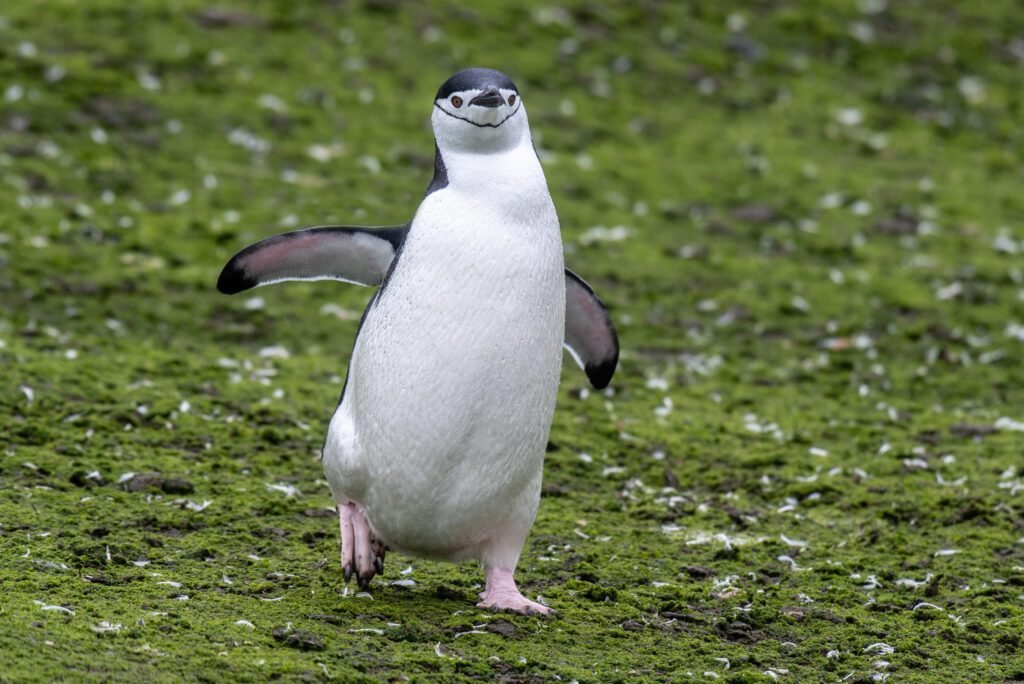

Chinstrap Penguin. Copyright: ©Gordon.Leggett.2019
Their bodies are designed for efficient swimming, with short legs set far back. While this can make walking seem a bit comical, it’s a tradeoff for their impressive aquatic capabilities.
Related Read: Why Do Birds Have Claws? The Real Reason Why!
The Hop
These winged friends often exhibit a two-footed hop, simultaneously springing off with both feet.
This hopping technique may seem less efficient than walking, but it does wonders for birds regarding manoeuvrability, particularly when navigating through dense foliage or uneven terrain.
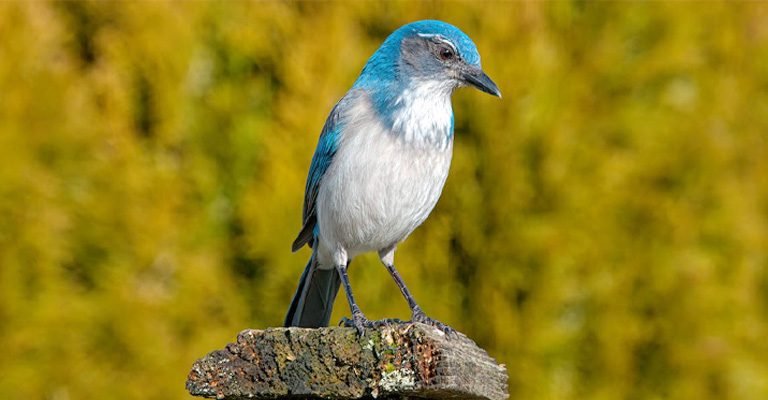

Passerines
This style lets them quickly alter their direction while adding a dash of entertaining quirkiness to their movement style.
For instance, birds that prefer to hop rather than walk include sparrows and finches.
The Strut
Roosters and other ground-dwelling birds often move with a proud, bouncing strut.


Roosters
This walking style sends a clear signal to other birds, asserting dominance and territorial claims, and is often accompanied by a dramatic display of feathers.
The Run and Pause
Lastly, there are birds like Sandpipers and Plovers, known for their ‘run and pause’ method of walking.
Essentially, these birds will sprint for a short distance and then stop suddenly to scan the surroundings. This unique gait is often used while foraging for food.
The World of Bird Walking
Ever watched a bird strut and wondered why its walk comes across as a wee bit comedic? Well, you’re not alone. Birds are known for their distinct and often charming walk, a behaviour that’s as appealing as puzzling.
There’s a fascinating natural mechanism behind their peculiar gait that most bird enthusiasts would relish to unravel.
The Physics Behind the Walk
Birds have lightweight bodies and delicate skeletal structures, which make them highly susceptible to losing balance. Unlike humans, birds have adapted to maintain their centre of gravity over their legs while walking.
This essential adaptation allows them to minimize energy consumption and maintain balance while on the move.
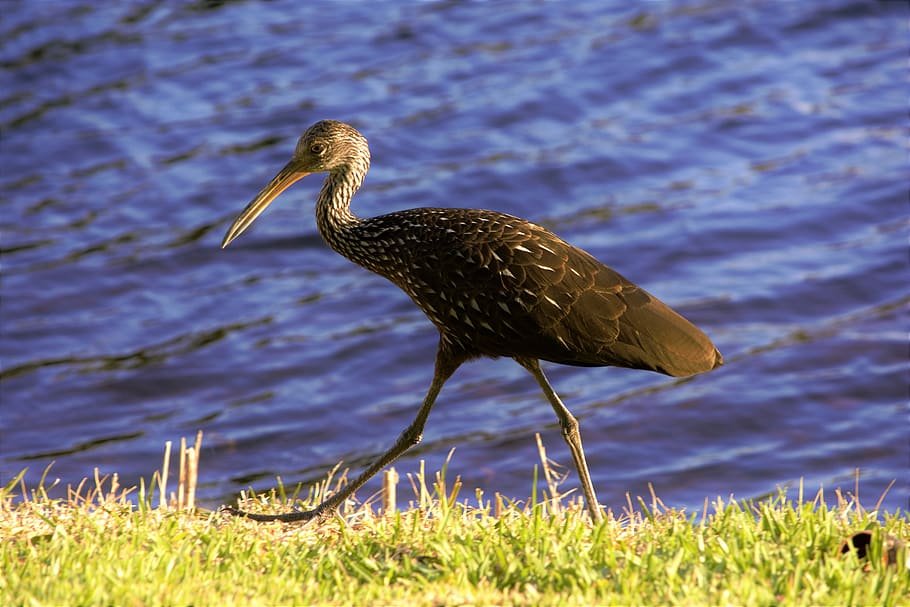

Bird Walking
Additionally, minimizing energy consumption is essential for birds to optimize their survival. Birds rely on energy-rich food sources, such as seeds, insects, and nectar, which may not always be readily available.
By conserving energy, birds can endure long flights during migration, efficiently forage for food, and have sufficient energy reserves for breeding and raising their young.
Distinct Leg Structure
Bird legs are lean, elongated, and made up of a complex interplay of tendons, muscles, and ligaments. They are ideally suited for various motions, including standing, walking, hopping, and swimming.
The flexion and extension of these differently jointed legs cause the characteristic up and down motion seen when a bird walks, commonly called the ‘bird strut’.
Adaptation to Flight
The forward and backward motions involved in walking help birds prepare for takeoff. Generally, birds will lean forward to kick start the takeoff, a position that’s readily attainable through the walking motion.
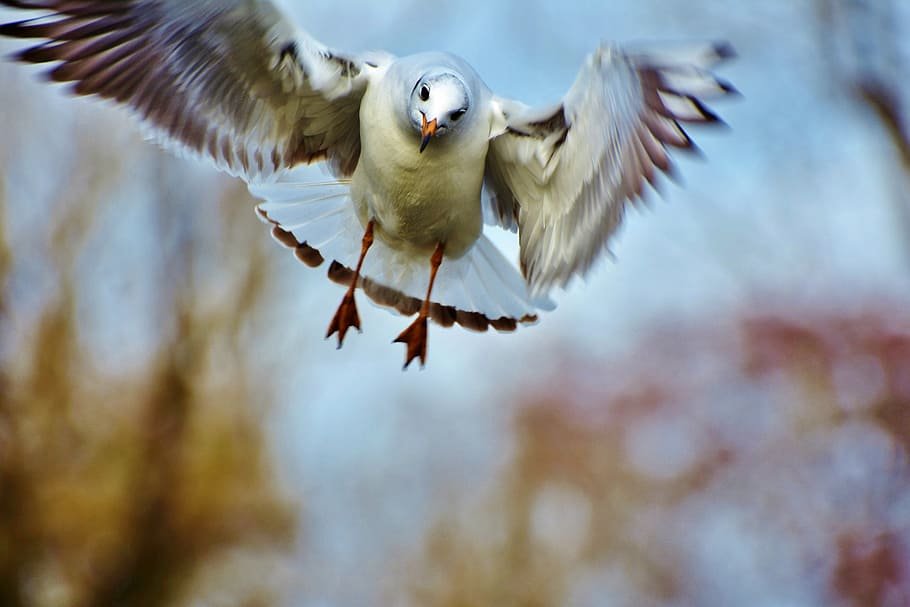

Furthermore, the walking practice also keeps them alert to their surroundings, allowing instant lift-off when facing threats. Thus, don’t be fooled by their funny walk, it serves an important function for survival as well.
Food Foraging
Birds have evolved various walking styles and behaviours to optimize their foraging efficiency. They may walk in a zigzag pattern to search for food or through dense vegetation. Another common funny walk is the stork-like one, where birds take slow and deliberate steps, often lifting one leg high before placing it down.
By adopting this funny walk, these birds can effectively search for small fish, crustaceans, and other aquatic prey without disturbing the water too much, making it easier to spot their food.
Adaptation to Different Environments
Birds have evolved to thrive in various habitats, such as forests, grasslands, and wetlands. Each habitat presents its challenges, and birds have developed different walking styles to navigate these environments.
For example, birds that live in dense forests have shorter legs and hop more frequently, allowing them to manoeuvre through the undergrowth. While birds in open grasslands have longer legs and take longer strides to cover more ground.’
Feeding Habits
Different bird species have different diets, and their walking patterns often reflect their feeding behaviours.
For instance, wading birds like herons and flamingos have long legs that allow them to walk in shallow water and catch fish. On the other hand, ground-feeding birds like chickens and pigeons have a more upright posture and peck at the ground for food.
Bird Species Known for Funny Walking
Many bird species have developed unique walking styles that make them stand out. These unique walking styles have evolved to help birds navigate their specific habitats, communicate with other birds, and attract mates.
Although these locomotive characteristics may appear humorous or odd, they originate from a specific adaptive requirement in the species’ natural habitat. Let’s delve into some fascinating bird species popular for their distinct and funny walking.
The African Penguin
The African Penguin, also known as the jackass penguin, is notorious for its hysterical waddle. They are very clumsy on land, waddling upright with flippers held away from the body as if drunk.


The African Penguin
It is fascinating to watch this species tread on land, with a peculiar gait, making it a walking spectacle that endears it to bird enthusiasts.
The American Woodcock
The American Woodcock, also known as the timberdoodle, is a bird that is widely known for its peculiar walk. This bird rocks its body back and forth as it steps forward, almost as though it’s dancing.
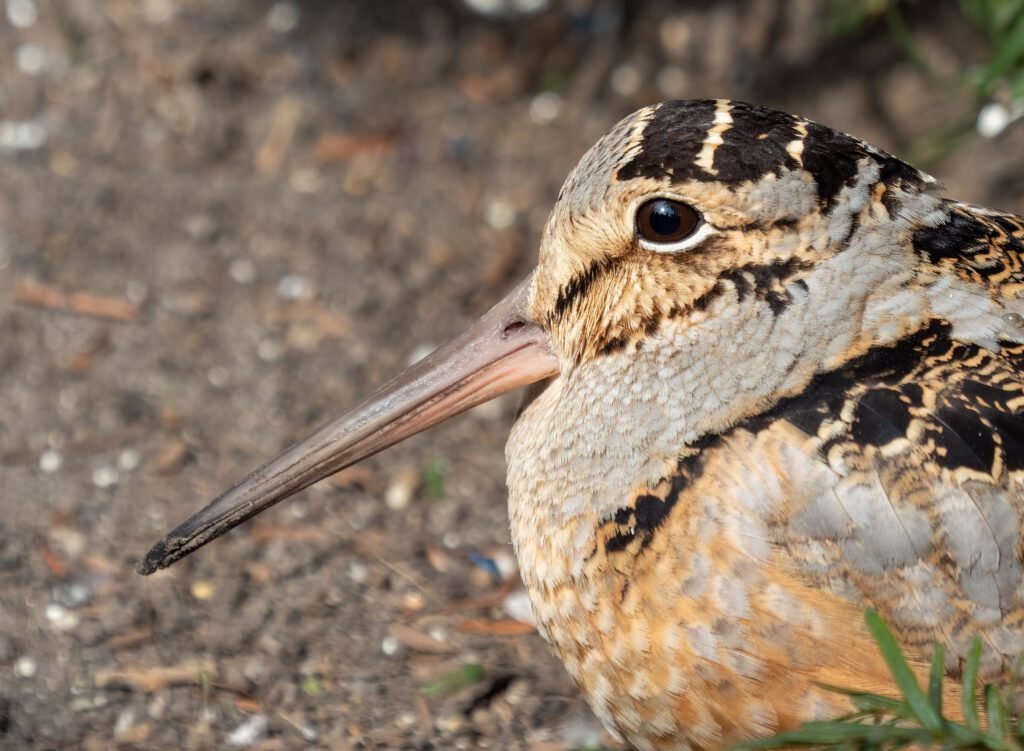

American Woodcock
The Secretarybird
Secretarybirds have the longest legs of any bird of prey and must bend them in a crouch to feed or drink. These large birds, native to Africa, have a distinctive stride that resembles a person walking on stilts.
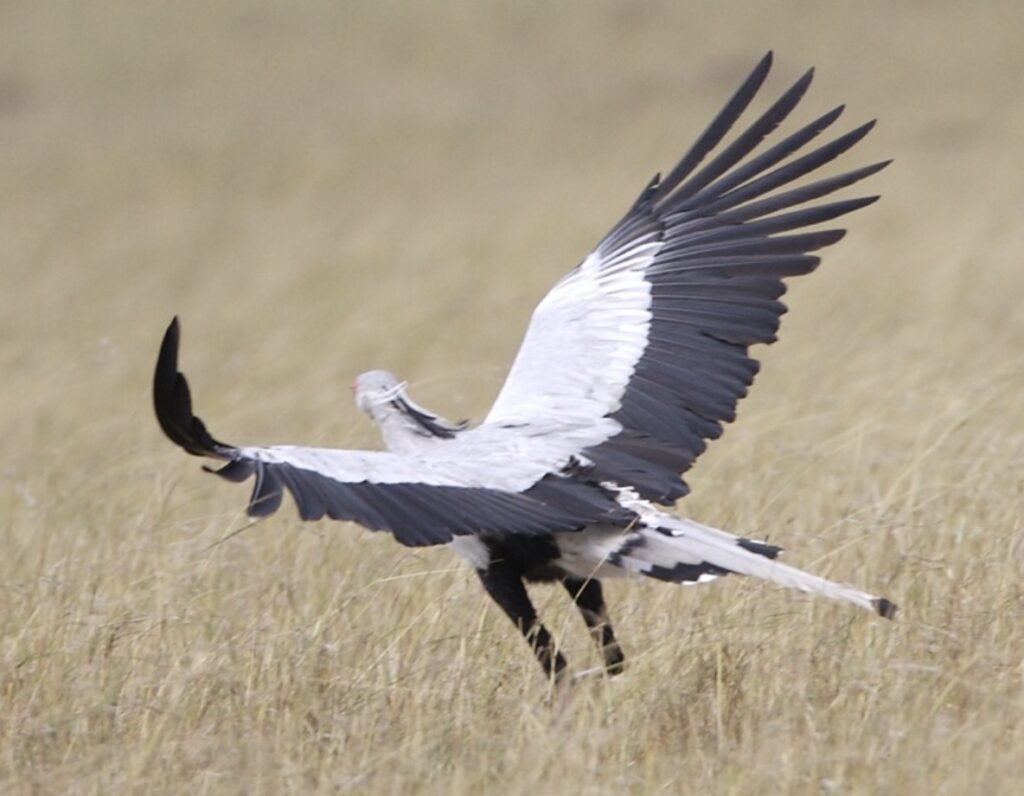

Secretarybird
They take long, deliberate steps and often pause between each step, giving the impression of a slow, exaggerated walk.
The funny walk adds to the bird’s unique appearance and helps its hunting strategy.
Purple Swamphen
Native to warm wetlands, the Purple Swamphen is a rail species best known for its unique strut. Its high-stepping walk, intentional pace, and bright colors all contribute to a humorous and impressive sight.
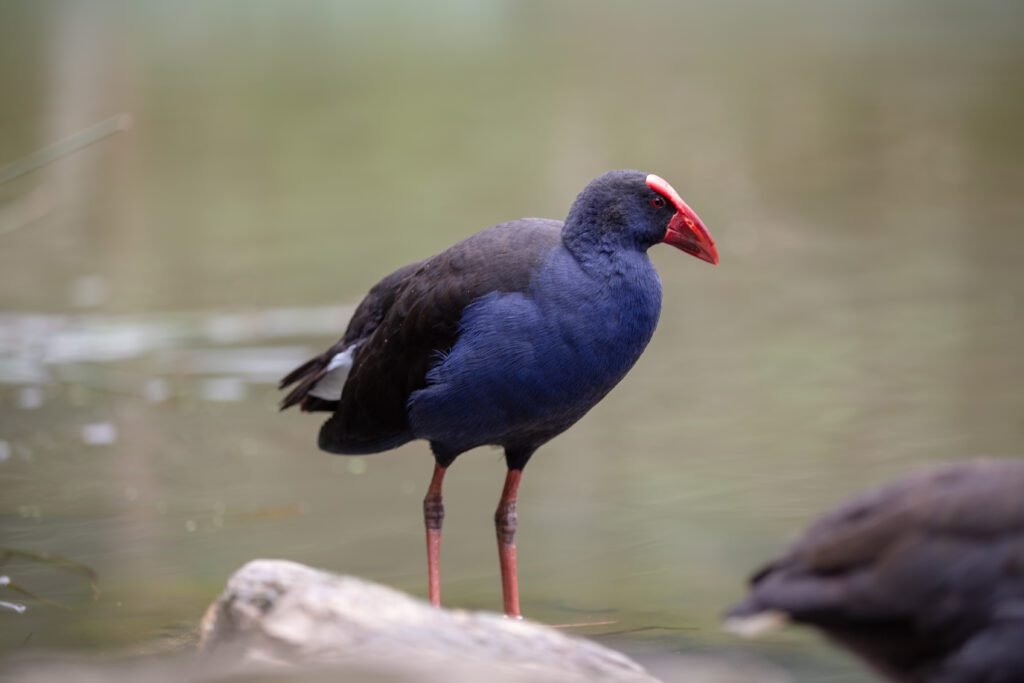

Purple swamphen in water
The Hoatzin
When on the ground, the Hoatzin walks with a hunched posture, taking small, shuffling steps. The Hoatzin’s funny walk is just one of the many fascinating adaptations that intrigue this bird species.


The Hoatzin
The Puffin
One more bird species known for its funny walking is the Puffin. These seabirds have short legs and a stocky build, which gives them a waddling gait when they walk on land. They take short, quick steps and often appear a bit clumsy as they move.


The Puffin
The Puffin’s adorable and funny waddle has made it a favorite among bird enthusiasts and photographers alike.
Flamingos
The iconic Flamingo is another species that captivates with its unique and attention-grabbing walking style. Its peculiar, high-leg stride gives it a comic appearance that has endeared it to nature lovers around the world.


Flamingos
Tips for Encouraging Natural Walking Behavior in Pet Birds
Bird owners or enthusiasts often adore their vibrant companions. But to ensure a happy and healthy life, it’s crucial to encourage their natural behaviour, including their characteristic walks. Here are some helpful tips for fostering natural walking behaviour in your pet birds:
- Design Bird-Friendly Habitat: Allocate enough space in your bird’s habitat for walking and recreational exercises and also incorporate different types of nests at varying heights to encourage hopping and strutting.
- Enrichment Toys: Interactive and engaging toys can promote exploratory behaviour in birds, including diverse walking styles. Try to include foraging toys encouraging your bird to move around for food.
- Diet: A healthy diet is integral to your bird’s walking behaviour. Birds with a balanced diet are generally more active and exhibit more natural behaviours. Include plenty of fresh fruits and vegetables that would be part of their natural diet in the wild.
- Hands-off Observation: Avoid disturbing your bird when it’s engaged in locomotive activities. Bird owners must understand that natural walking can often seem funny or odd, but it’s integral to the bird’s identity.
- Regular Veterinary Check-ups: Regular check-ups are imperative to ensure the physical health of your bird. Conditions like arthritis and infections can ail their walking; catching such conditions early can protect your birds from discomfort or pain.
Have you ever wondered Why Birds Attack Hawks? Know The Actual Truth!
Possible Health Concerns
While bird enthusiasts may find their pet bird’s funny movements entertaining and distinctive, it’s important to be aware that these peculiar gaits could sometimes be a sign of underlying health problems.
Generally, a healthy bird should be able to walk, hop, or dart smoothly without any obvious difficulty or pain.
If you notice changes in your pet bird’s movement or if its walk appears to be significantly different or more exaggerated, you might need to consult an avian veterinarian. Be watchful for common signs of possible health concerns, which can include:
- Limping could indicate an injury, perhaps from a fall or other accident.
- Favouring a particular side: If your bird places more weight on one leg, it could suggest pain in the other.
- Dragging a foot: This can suggest nerve damage or muscle weakness.
- Chronic Waddling: Obesity can cause a bird to waddle more, as it can put extra pressure on their legs.
While a bird’s funny walk is usually a natural and endearing characteristic, it’s always critical for bird lovers to remain observant of their pet’s behaviour and gait. Remember, your pet’s health always comes first!
Editor’s Pick: How Do Birds Clean Themselves – Understanding Avian Hygiene
Conclusion
Birds show a wide variety of intriguing walking behaviours. Their hopping, running, waddling, and strutting are adorable eccentricities resulting from millennia of evolution perfectly sculpted for survival. For bird enthusiasts, understanding your pet bird’s amusing gaits can enrich your experience with them and be an important tool to monitor their health. So, the next time you notice your pet or any bird walking in its characteristic style, take a moment to appreciate the marvel of nature’s craftsmanship.
